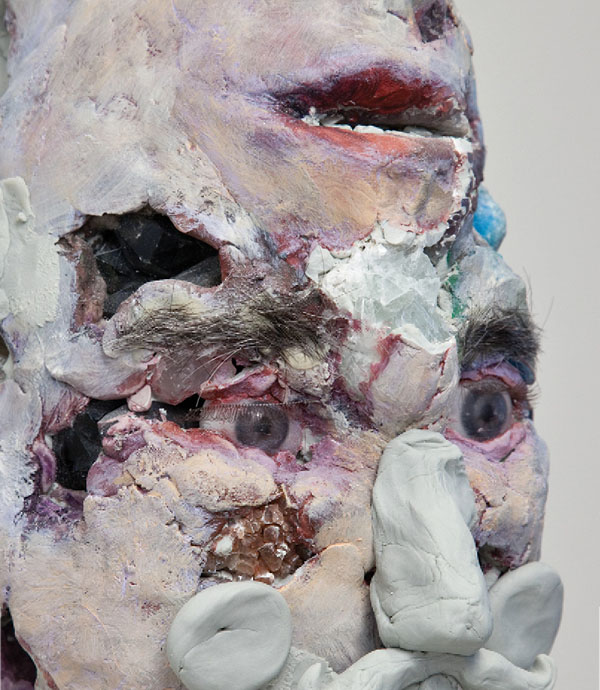Foundation News
David Altmejd Exhibition Announcement
November 1st, 2011
The Brant Foundation is pleased to announce its David Altmejd exhibition, opening on November 1, 2011 and on view through January 2012.
While the work in the show spans the last ten years and there will certainly be inspiringly unexpected inclusions, it is also a fantastic opportunity to see how through multiple mediums Altmejd’s sculpture remains so coherent. Like a biological organism, David’s work is continuously evolving and transforming in complex new ways. Just when we think he has pushed form and material into its most poignant state, we see how that manifestation then becomes the fertile cocoon out of which the next work emerges.
While Altmejd considers it essential to experience each work as a discrete object to be perceived within the traditional realm of classical sculpture, the works have often both taken the form of architectural space and also dealt with the treatment of architectural space. One of his primary interests is how one navigates the work both visually and also through the body- needing to move around the work, look under the work, and through the work. As is often the case with David’s practice, he has carefully considered this particular space, and since the Brant Foundation is both specific and malleable, Altmejd’s attention to the location of works, the treatment of rooms and how the works are placed within those rooms is a complex reflection of both the objects and the building itself. From the smallest room where all of the architectural details have been obliterated by a floor to ceiling plaster installation, in which plaster hands -modeled after the artists own- literally seem to be both forming and destroying the space itself, to the largest double height room, where, without altering the physical architecture, Altmejd has addressed the space through the height of the objects- both in their actual size, and in the scale of the pedestals. Through David’s use of mirrored surfaces, there are areas where one can perceive both the downstairs and the upstairs at the same time, allowing both simultaneous yet varying experience of the same work from different perspectives. While the mirroring has this actual architectural function, it also relates directly to the material of the work itself. Altmejd has addressed both space and non-space, which is so deeply tied to the content of his work. At the core of Altmejd’s practice is the relationship between the inside and the outside, both bodily and architecturally.
